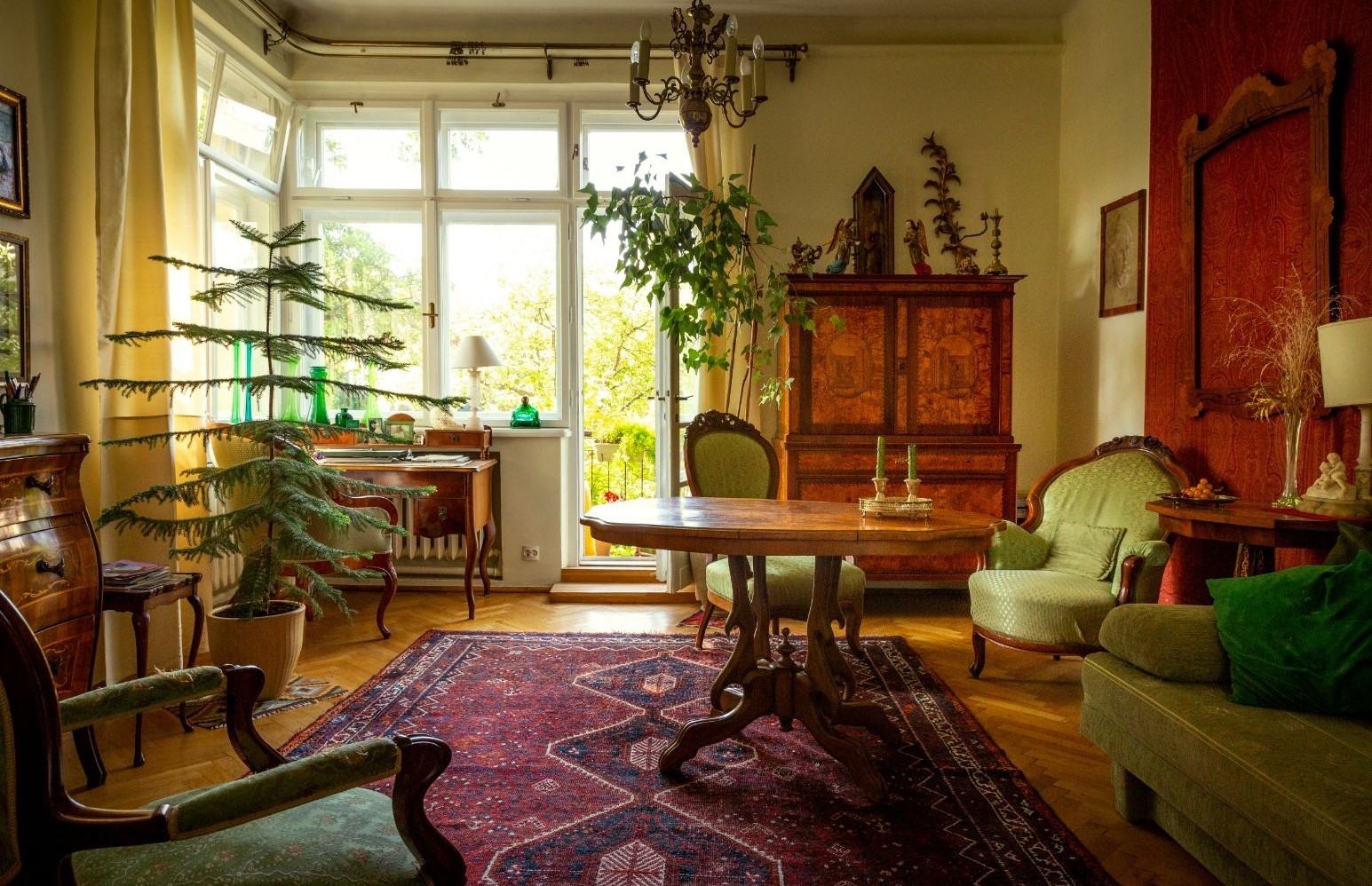Bringing Vintage Charm into Modern Spaces
By Daniel Agusi
In the ever-evolving world of interior design, there’s a growing trend that marries the elegance of the past with the functionality of the present: blending vintage elements into contemporary settings. This approach not only infuses spaces with character and history but also creates a unique aesthetic that stands the test of time.
The Allure of Vintage in Modern Design
Incorporating vintage pieces into modern interiors offers a harmonious blend of old and new, resulting in spaces that are both stylish and storied. Vintage items, be it furniture, lighting fixtures, or decorative accessories all bring a sense of nostalgia and uniqueness that mass-produced modern pieces often lack. This fusion allows homeowners to express individuality while honoring design elements from bygone eras.
Strategies for Seamlessly Integrating Vintage Elements
1. Start with a Neutral Base
A neutral color palette serves as a versatile backdrop, allowing vintage pieces to stand out without overwhelming the space. Shades like whites, grays, and beiges provide a calming canvas that highlights the rich textures and colors inherent in vintage items.
2. Mix and Match Styles Thoughtfully
Combining different design styles can result in a cohesive and eclectic look. For instance, pairing a mid-century modern chair with a contemporary sofa can create an interesting contrast. The key is to find common elements, such as color schemes or materials, that tie the pieces together.
3. Incorporate Vintage Lighting
Lighting plays a crucial role in setting the ambiance of a room. Vintage fixtures, like antique chandeliers or retro lamps, can serve as focal points, adding warmth and character. These pieces not only illuminate the space but also act as functional art.
4. Use Vintage Textiles and Patterns
Introducing vintage textiles such as rugs, cushions, or curtains can add depth and interest to a modern room. Patterns from past decades, like Art Deco geometrics or 1970s florals, can be reimagined in contemporary fabrics to evoke a sense of nostalgia.
5. Highlight Architectural Features
If your home has existing vintage architectural elements, such as exposed beams, original moldings, or hardwood floors, embrace them. These features add authenticity and serve as a natural bridge between vintage and modern design.
Incorporating African Vintage Elements
For African homeowners, blending traditional design elements with modern aesthetics offers a way to celebrate cultural heritage while embracing contemporary living.
- Traditional Nigerian Textiles
Fabrics like Aso-oke and Ankara are rich in color and pattern. Using these textiles for upholstery, throw pillows, or wall art can infuse spaces with vibrant Nigerian culture.
- Handcrafted Wooden Furniture
Incorporating hand-carved wooden pieces, such as stools or tables, adds an artisanal touch. These items not only serve functional purposes but also tell stories of African craftsmanship.
- Cultural Artifacts and Decor
Displaying traditional masks, pottery, or sculptures can serve as focal points in a room, offering a glimpse into Africa’s diverse artistic heritage.
Benefits of Blending Vintage with Modern
- Sustainability
Reusing vintage pieces is an eco-friendly choice, reducing the demand for new production and minimizing waste.
- Unique Aesthetic
Vintage items often come with a history, making your space uniquely yours and sparking conversations.
- Quality Craftsmanship
Many vintage pieces were crafted with a level of detail and quality that stands the test of time, offering durability alongside style.
Personal Thoughts
Integrating vintage charm into modern interiors is more than a design choice; it’s a way to create spaces that reflect personal history and cultural heritage. By thoughtfully selecting and placing vintage elements, homeowners can craft environments that are both timeless and contemporary, honoring the past while living in the present.







